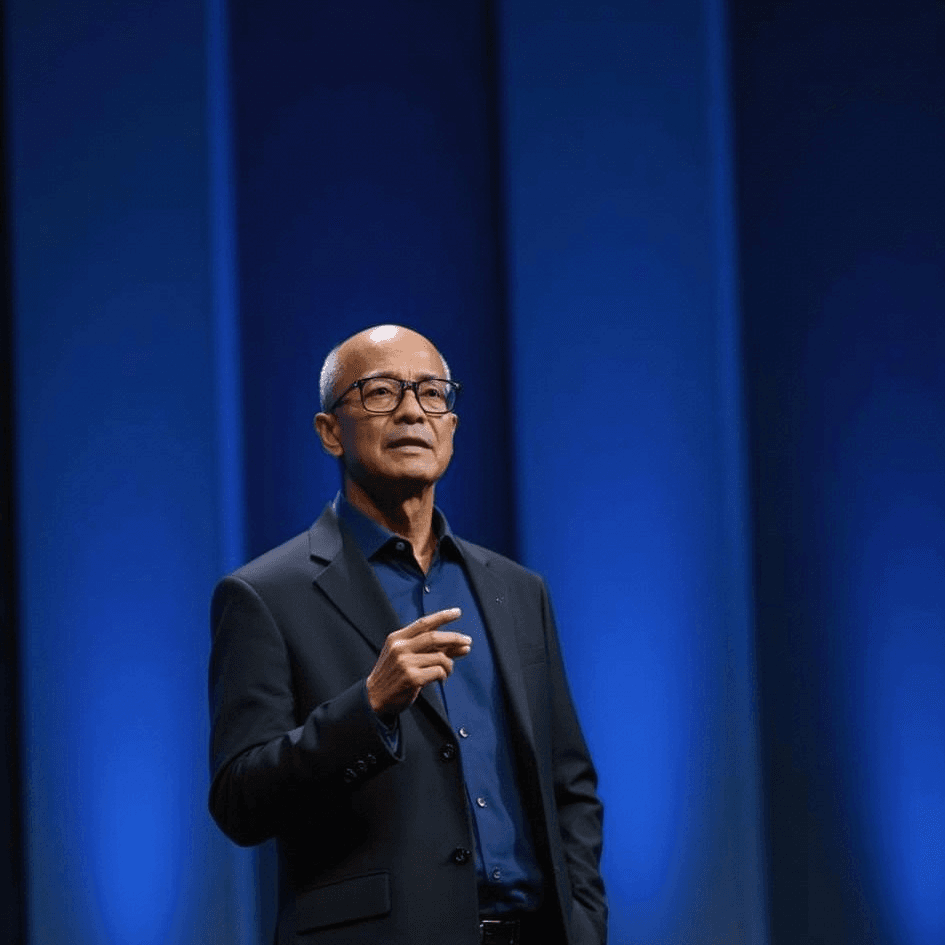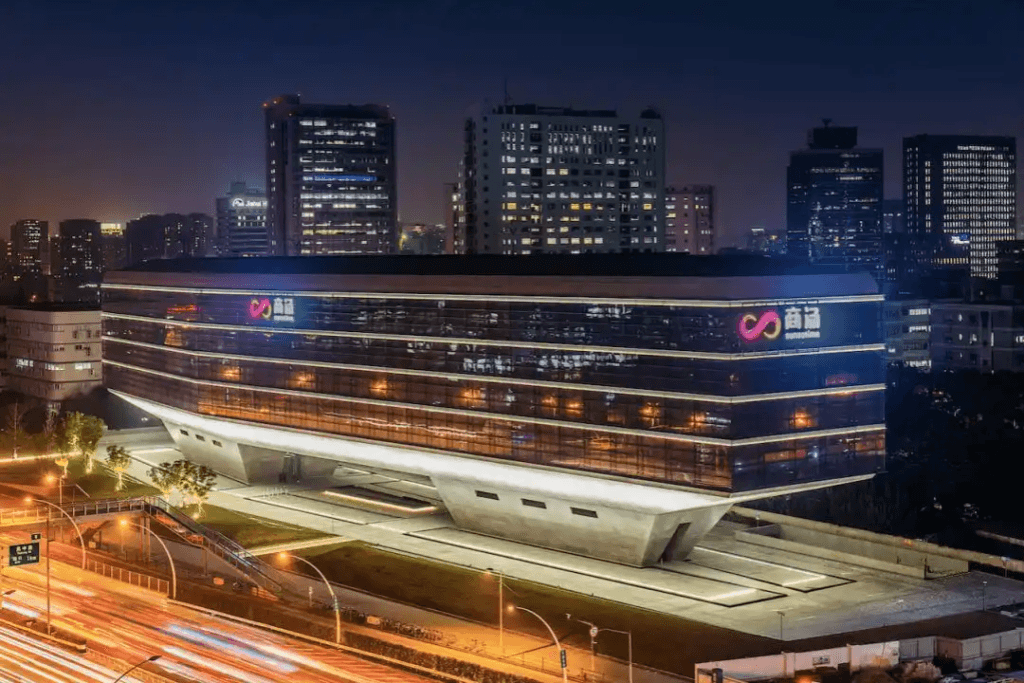In the latest podcast interview, Microsoft CEO Nadella ( Satya Nadella ) outlined a technological panorama spanning AI, quantum computing and mixed reality. The technology leader who has been at the helm of Microsoft for ten years not only revealed Microsoft’s dual-track strategy of “super-large-scale computing + deep industry development”, but also put forward the hard-core standard that “technology must create GDP growth.

AI market: non-zero-sum game
Nadella first broke the industry myth of “winner takes all”: “The AI market will be stratified – there will be both basic large-scale model manufacturers and a large number of vertical players.” Microsoft’s Azure hyperscale computing business is designed based on this: it not only builds its own AI infrastructure, but also cultivates the ecosystem through open platforms. He particularly emphasized that “scaling does not mean commercialization”, which explains why Microsoft invested in OpenAI and self-developed models at the same time.
GDP growth: the ultimate measure of AI’s value
“If AI cannot drive global GDP growth by 1-2 percentage points, we will have failed,” Nadella proposed a quantitative standard. To achieve this goal, Microsoft adheres to two principles:
1. Technology cost reduction curve: making AI services more than 30% cheaper each year
2. Prioritize process reconstruction: Enterprises deploying AI need to completely transform their processes, just like the introduction of lean production in the manufacturing industry.
In the medical field, Microsoft is working with the Mayo Clinic to use AI to shorten doctors’ consultation time by 40%; in the education industry, Teams intelligent agents can automatically extract meeting key points and generate teaching PPTs.

Nadella rarely disclosed Microsoft’s quantum roadmap:
・2023 Milestone: Achieve Majorana zero-mode physics breakthrough and solve the problem of quantum bit stability
・2027-2029 goal: Build the first fault-tolerant quantum computer
・Unique path: Adopting the “software and hardware separation” strategy, and simultaneously exploring multiple solutions such as topological quantum computing
This research, which took more than 30 years to complete, has recently been recognized by the academic community for its results published in the journal Nature. Nadella likened it to the “modern Manhattan Project”, but stressed that “it must eventually be transformed into solving practical problems in the fields of materials science and drug development.”
The Silent Revolution in the Office
Microsoft is embedding cutting-edge AI into seemingly ordinary office software:
• Copilot: Doctors can now generate professional-level teaching materials using natural language commands
• Teams Agent: can identify key controversial points in meetings in real time and mark risks
• Code generation: GitHub Copilot improves junior developer efficiency by 55% This is not a simple functional superposition,” Nadella explained, “when AI can understand the relationship between the Wall Street Journal’s financial reports and the company’s internal data, the real knowledge work revolution will come.”
Social Contract for Technology Integration
Facing the trust crisis caused by AI, Nadella proposed the “Three Principles of Technology”:
1. Clear boundaries: AI-prohibited areas should be set up in high-risk areas such as medical diagnosis
2. Value Reset: Redefining the Meaning of Human Labor in the Intelligent Era
3. Legal adaptation: establishing a new intellectual property rights and liability recognition framework
At the end of the interview, Nadella showed a rare philosophical thought: “We are moving from the information age to the understanding age. When quantum computing cracks the molecular code, AI interprets the protein language, and mixed reality reconstructs spatial relationships, humans will gain unprecedented cognitive capabilities.
This conversation reveals a deeper logic: Microsoft’s leading position lies not only in its technological reserves, but also in its systematic thinking that considers the evolution of technology and society simultaneously. In an era of rapid development of AI, this balancing act of ambition and restraint may be the most scarce quality of technology giants.



